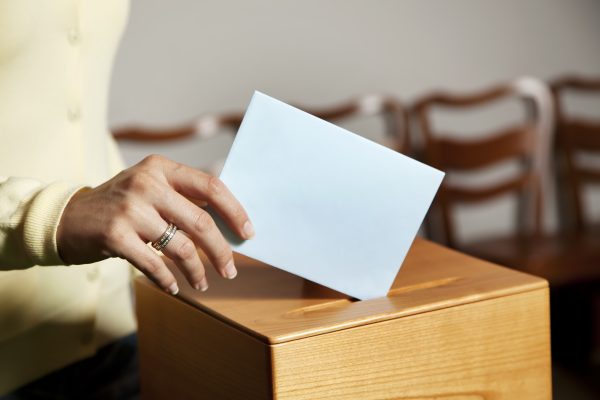| Grant Wyeth | The Diplomat |
The democratic advantage of preferential voting is that it builds a consensus of each individual electorate. There are no wasted votes because even if someone’s preferred candidate is unlikely to win, the way the voter ranks each candidate will contribute to the overall result. This is critical for gaining an understanding of the seat as a whole. The candidate who wins is not the entire story of that seat, as often their victory is an amalgamation of different political forces, each one essential for painting a true picture of what the community desires.
Australians understand this and vote accordingly. For example, those who vote for the Greens in most electorates know that the party won’t win, but their vote allows them to send a signal about what issues are important to them while also, in general, demonstrating that they would prefer the Labor Party to form the government. A Labor government elected on Greens preferences needs to take this into account. Preferences are strong democratic indicators in themselves.
”Preferential voting creates democratic outcomes through the public having to weigh up the complexity of their communities and give their own ideas and beliefs an order of priority.
In the recent election, Australians collectively decided that they do not want a system that is built around the Labor Party or the permanent coalition of the Liberal Party and the National Party. Thirty-one percent of the public gave their first preferences to other parties or independent candidates outside these two blocs. The Labor Party was able to eke out a majority government but with less than a third of the first preferences, and the collective vote of the Coalition – which is actually four parties rather than two, but function as two within the parliament – is also at a historic low.
Yet the preferential voting system still advantages the two major blocs, as votes have a tendency to find their way back to them when the two most popular candidates are being decided in the count. However, when the public senses an opportunity to remove a major party MP from office, preferences can be used to devastating effect, as the Liberal Party has discovered this election.
In a number of well-targeted seats, well-organized – and funded – independent candidates were able to bring the Liberal Party’s candidates down to a primary vote of between 40 and 45 percent, which allowed an independent candidate to sweep up Labor and Greens preferences to win the seat. This was not achieved by “rigging” the voting system, but by understanding how consensus is created through the system, and being aware that a majority of the public in that electorate preferred to not have a Liberal Party MP, even if they had different ideas about which candidate should replace them. Preferential voting created the democratic compromise in favor of the independent.
A mature understanding of politics is the recognition that society is made up of a web of different and often competing interests, values, beliefs, ideas, and psychologies. Policy needs to be constructed with this complexity in mind. Preferential voting is a way of recognizing this reality by creating democratic outcomes through the public having to weigh up the complexity of their communities and give their own ideas and beliefs an order of priority.
When the public feels that the parties that have dominated the system are no longer responsive to their desires, preferential voting also provides the oxygen to either replace or send strong signals to these parties that they need to improve or be replaced. Yet this election also saw the public send a powerful signal to itself that it has the capability to affect change, with this momentum likely to carry over to other elections. Something new is being born in Australia, but it’s not a failure of the system, it’s a positive feature.





